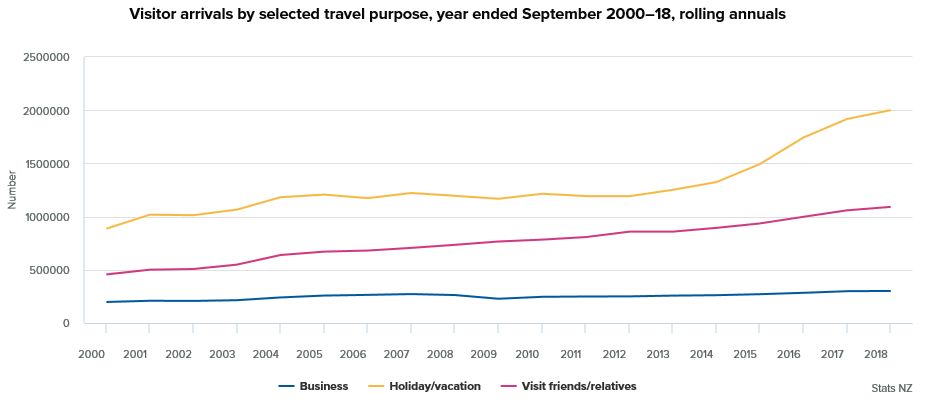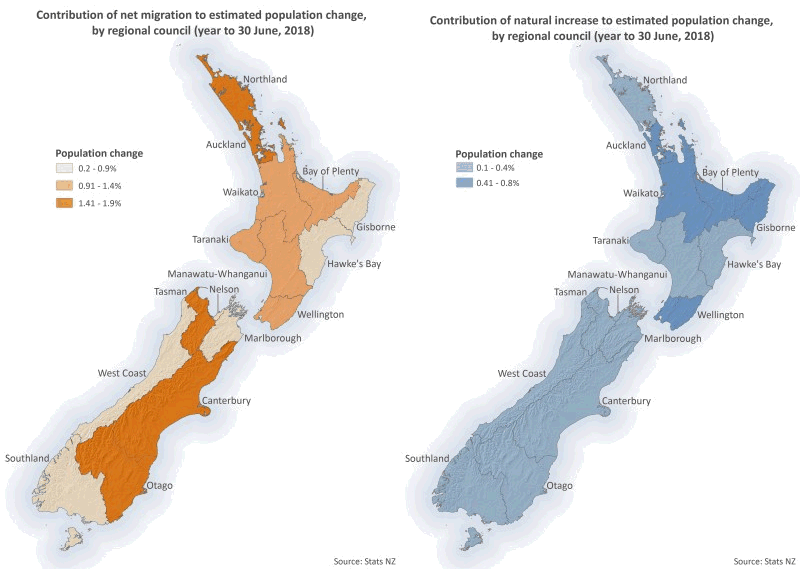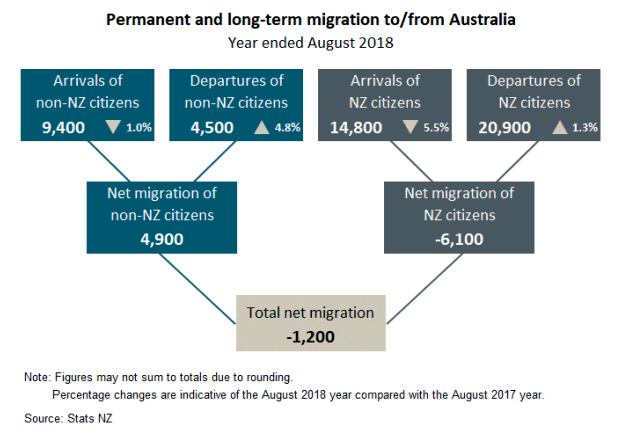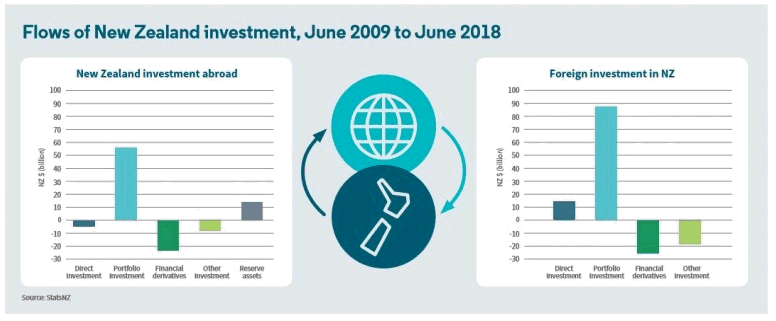One in 10 inner city Auckland home transfers go to overseas people – 30 October 2018
In the September 2018 quarter, 9.8 percent of home transfers in Auckland inner city (Waitemata local board area) were to people who didn’t hold NZ citizenship or a resident visa, down from 22 percent in the June 2018 quarter, Stats NZ said today.
“This quarter’s share of overseas buyers in Auckland’s inner-city is similar to the 9.3 percent of home transfers to overseas people in the September 2017 quarter,” property statistics manager Melissa McKenzie said.
“This may reflect seasonal patterns, but that will not be clear until we get a few more years’ data. These results also may have been influenced by anticipated changes to the Overseas Investment Act.”
The Overseas Investment Amendment Act 2018 came into effect on 22 October 2018, after the September quarter covered in these statistics.
Across the Auckland region, 4.0 percent of home transfers in the September 2018 quarter were to people who didn’t hold NZ citizenship or a resident visa.
Transfers to this group varied across Auckland local board areas, for example:
- Waitemata – 9.8 percent
- Upper Harbour – 8.9 percent
- Manurewa – 1.2 percent.

Resident visa holders and corporate buyers also vary significantly across Auckland
Auckland’s Upper Harbour, Howick, and Henderson-Massey local board areas had the highest rates of home transfers to resident visa holders in the September 2018 quarter.
“Resident visa holders could have lived in NZ for many decades and chosen not to get citizenship, or they could be people who have only held a resident visa for a very short time,” Ms McKenzie said.
Together, visa holders and overseas people accounted for more than a third of all home transfers in Upper Harbour, and a quarter of all transfers in Howick. For NZ excluding Auckland, this group accounted for 7.0 percent of home transfers.
In Auckland’s Manurewa, Otara-Papatoetoe, and Maungakiekie-Tamaki local board areas at least 20 percent of home transfers were to corporate buyers in the September 2018 quarter. For NZ excluding Auckland, this group accounted for 8.7 percent of home transfers.
Information on the ownership of corporates (by New Zealanders or overseas people) is not currently available.
Nationally, 2.0 percent of home transfers were to people who didn’t hold NZ citizenship or a resident visa in the September 2018 quarter, down from 2.3 percent in the September 2017 quarter and 2.8 percent in the June 2018 quarter. When Auckland is excluded, 1.2 percent of all home transfers in the September 2018 quarter were to this group.

Frequently asked questions
How many ‘foreigners’ are buying New Zealand homes?
It depends how you define ‘foreigner’. In the September 2018 quarter, of all home transfers:
- 79 percent were to at least one New Zealand citizen
- 10 percent were to corporate entities only (which could have New Zealand or overseas owners)
- 8.4 percent were to at least one NZ-resident-visa holder (someone who can live and work in New Zealand for as long as they like)
- 2.0 percent were to no NZ citizens or resident visa holders.
When we talk about transfers to ‘overseas people’, we mean the 2.0 percent of transfers where none of the buyers were NZ citizens or resident-visa holders (excluding transfers where all the buyers were corporate entities). We focus on this measure because it aligns most closely with the definition of ‘overseas person’ in the Overseas Investment Act 2005.
What about the Overseas Investment Amendment Act 2018?
Intentions to tighten ‘foreign’ buyer rules were first discussed in late 2017. It is possible that the announcement and implementation of the Overseas Investment Amendment Act 2018 may have influenced property transfer statistics. The new Act didn’t come into effect until 22 October 2018, after the September 2018 quarter.
For further information see Overseas Investment Amendment Act 2018.
Why do you talk about ‘transfers’ not ‘sales’?
A transfer is not the same as a sale. Transfers often involve a sale, but there are many other possible reasons for a transfer (such as marriage settlements, the death of a family member, boundary changes, and trustee changes).
Every sale is a transfer, but not every transfer is a sale. We refer to the parties involved as buyers and sellers for simplicity.
We know the number of transfers to overseas people because this information is collected on land transfer tax statements, which cover all types of transfer and not just sales.
How many of the corporate entities have ‘foreign’ owners?
Information on the ownership of corporate entities (by New Zealanders or overseas people) is not currently available, as it is not collected on land transfer tax statements.
How are trusts captured in these statistics?
We count a trust based on the visa or citizenship status of its trustees. If at least one trustee holds NZ citizenship, then the transfer is counted as a transfer to a NZ citizen.
Aren’t there lots of people missing from these numbers?
We have information about the visa status or citizenship of virtually all people who transfer property in New Zealand. The only uncertainty is around the ownership of corporate entities that transfer property.
In addition to statistics about the visa status or citizenship of people who transfer property, we also publish statistics about their tax residency. The tax residency statistics include a large category for parties that are exempt from stating their tax residency on a land transfer tax statement (eg because the transfer involves their main home). The visa and citizenship statistics are not affected by this exemption, because these people are still required to state their visa or citizenship status.
Tax residency is not the same as nationality. We advise focusing on the statistics about visa or citizenship status (also known as affiliation).
How much New Zealand property is owned by ‘foreigners’?
We do not currently have a register of property owned by overseas people. These property transfer statistics measure overseas involvement in property transfers in any given quarter, but not the total amount of property owned by overseas people.
What is the net change in ‘foreign’ ownership of New Zealand property?
We don’t produce a measure of the net change in property owned by overseas people.
If you subtract seller statistics from buyer statistics to calculate a net change in home ownership, it is important to note that:
- between the time of buying and selling a home, owners can move between affiliations (eg a work-visa holder could become a resident-visa holder or NZ citizen)
- some types of affiliations may sell many newly built homes (eg corporate entities).
Therefore, net changes for a given affiliation could be understated or overstated.
For more information about these statistics:


























